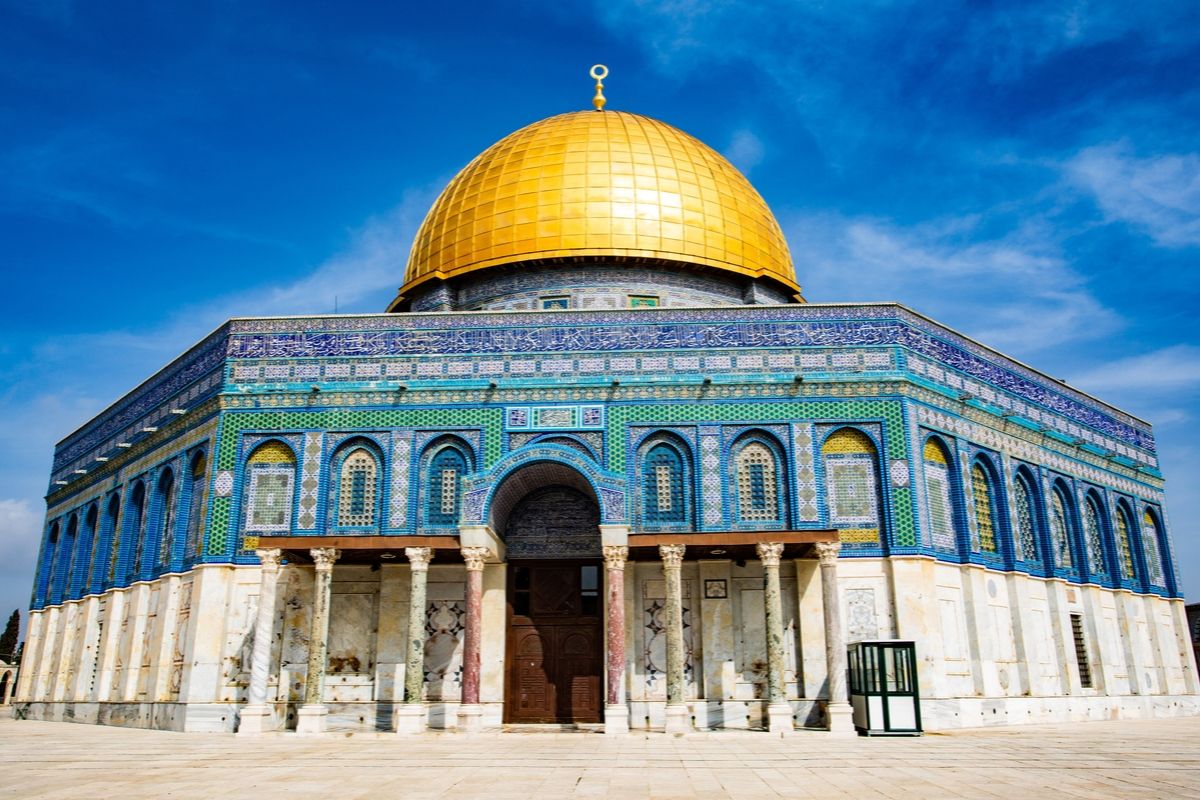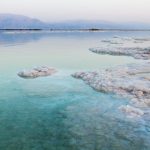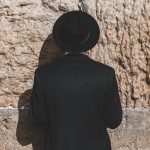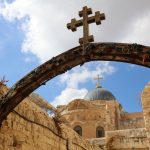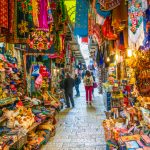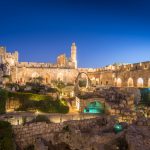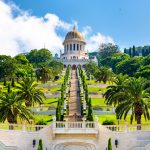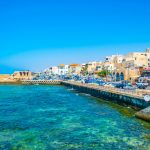Venturing to the middle east, Israel is an eclectic mix of history and religion – an explorers dream.
Starting in Israel’s capital, Jerusalem is truly different from any other city in the world. It has an array of holy sites for Jews, Muslims and Christians all within the walls of the Old City. The bazaars are like something from Disney’s Aladdin, except without the cheeky capuchin monkey leaping around stealing from unsuspecting visitors (a slight disappointment).
In just over 24 hours in the Holy City, we ventured out on a drive to the Dead Sea – the lowest point on earth caused by earthquakes on the African and Arabian plate fault line. The sea is known for its high salt content and thus buoyancy properties for anyone floating in it. Key tip here is don’t get any water in your eye or on any broken skin. And if you do get salt in your eye, wash it out immediately. There is also a rule that you must only float on your back. Trying to turn over is incredibly difficult anyway, as is standing or trying to extricate yourself from the sun-warmed waters. Some of Israel’s best exports for tourists are the Dead Sea mineral products for the skin, face and body which can be bought at many shops around the sea and in the main city of Jerusalem. We’d recommend Ahava, it’s rich without being greasy.
The Western (or colloquially known as the Wailing) Wall is a sacred site for Jews. It is the site of the Great Temple in Jerusalem and is the only fragment of the structure to survive the Roman destruction more than 2000 years ago. Today, it is a focus for Jewish longing and prayer for redemption and renewal. Temple Mount is sacred because it is also the site where Abraham took his son Isaac to be sacrificed. For a Jew, touching the stone is a moving experience – an emotional connection with the history of their people.
- Dead Sea, Jerusalem Israel. Photographed by Suprun Vitaly. Image via Shutterstock
- The Western Wailing Wall, Jerusalem Israel. Photographed by Dave Herring. Image via Unsplash
The Dome on the Rock on Temple Mount is a holy site for Muslims. The area is open for visitors outside normal prayer hours as Al-Aqsa Mosque is fully functioning. Muslims believe that Mohammed was transported from the Sacred Mosque in Mecca to Al-Aqsa during the night journey. However, unless you are a Muslim you are not allowed into the Mosque itself. Tip: when visiting, if you’re a woman you must be fully covered with no bare arms, legs or decolletage. However, if you are less than modestly dressed you may borrow (or have thrust upon you) some clothing at the gateway to the area which is to be returned as you leave.
Leaving this area, from the Lion’s Gate you can embark on the walk to the Stations of the Cross, the final destination being the Basilica of the Holy Sepulchre, the site of Jesus’ burial and resurrection. From films and historic texts, it is possible to feel the hardship Jesus would have endured carrying a large cross on his back while also walking up the road to the area of his sentence to his execution. The stations also mark the areas where he stumbled along the way and was helped. It is one of the most sacred sites for Christians worldwide.
Also in the area of the Old City, there is a synagogue and several churches, cathedrals and a monastery. It is inhabited in four quarters: the Armenian Quarter, the Christian Quarter, the Jewish Quarter and the Muslim Quarter. Throughout all, you’ll find a myriad of bazaar stalls selling spices, clothing, leather goods, ceramics, religious artefacts, stuffed camels, hats, shoes and much more.
- Holy Sepulchre, Jerusalem Israel. Photographed by Bernhard Richter. Image via Shutterstock
- Bazaar Jerusalem Israel. Photographed by Balate Dorin. Image via Shutterstock
Alongside the stalls selling mezze, breads and shwarma, visitors will find a plentiful supply of fresh fruit juices including pomegranate, mango, watermelon and lemon to name a few. And for something completely different yet utterly delicious, try a knafeh.
Near the Jaffa Gate (the main entrance from the city) into the Armenian quarter is the Tower of David; a nightly light show there tells the story of Israel’s King David. It impressively illustrates the story through famous artworks displayed digitally on the rocky foundations of the temple. Tip: book ahead to get in at the time you would like – there are several sessions each night.
From Jerusalem, it is a couple of hours by car to Haifa, a port town north of Jerusalem, close to the Lebanese border. It is a more secular town and has another religion added to the mix with the stunning Baha’i Gardens dominating the view with its staircase of nineteen terraces extending all the way up the northern slope of Mount Carmel. It is a change from the culture and pace of Jerusalem and is inhabited by a mix of Jews and Arabs. At the beginning of the last century, the British were a controlling force in the area using it as an industrial port city until independence was achieved in 1949.
North of Haifa is Acre. Acre’s Old City has been designated a UNESCO World Heritage Site. Since the 1990s, large-scale archaeological excavations have been undertaken and efforts are being made to preserve ancient sites.
- City of David, Jerusalem Israel. Photographed Seth Aronstam. Image via Shutterstock
- Haifa, Israel. Photographed by Leonid Andronov. Image via Shutterstock
- Acre Old City, Israel. Photographed by trabantos. Image via Shutterstock
The Citadel of Acre, which dominates the Old City, was built on the foundation of the citadel of the Knights Hospitaller as part of the city’s defensive formation. During the 20th century, the citadel was used mainly as a prison and as the site for a gallows. During the British mandate period, activists of Jewish Zionist resistance movements were held prisoner and some were executed there. Acre is also one of three main settings in the video game Assassin’s Creed.
From Acre, it is not far to Rosh Hanikra grottos, which are cavernous tunnels formed by sea action on the soft chalk rock, located on the border between Israel and Lebanon, on the coast of the Mediterranean Sea, in the Western Galilee. You access the grottos by a cable car.
And for three days, that’s a great taste. There’s a lot left for next time.
Feature image: Dome of the Rock, Jerusalem Israel. Photographed by Stacey Franco. Image via Unsplash

